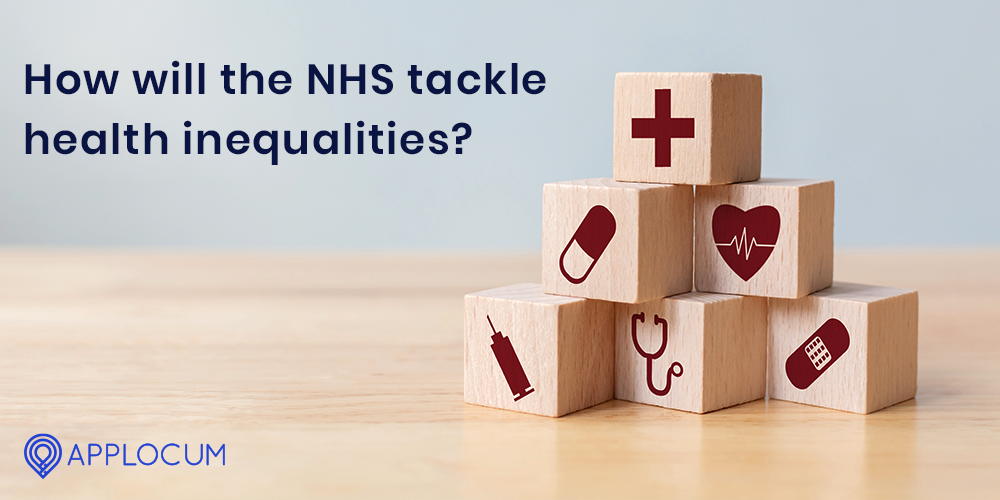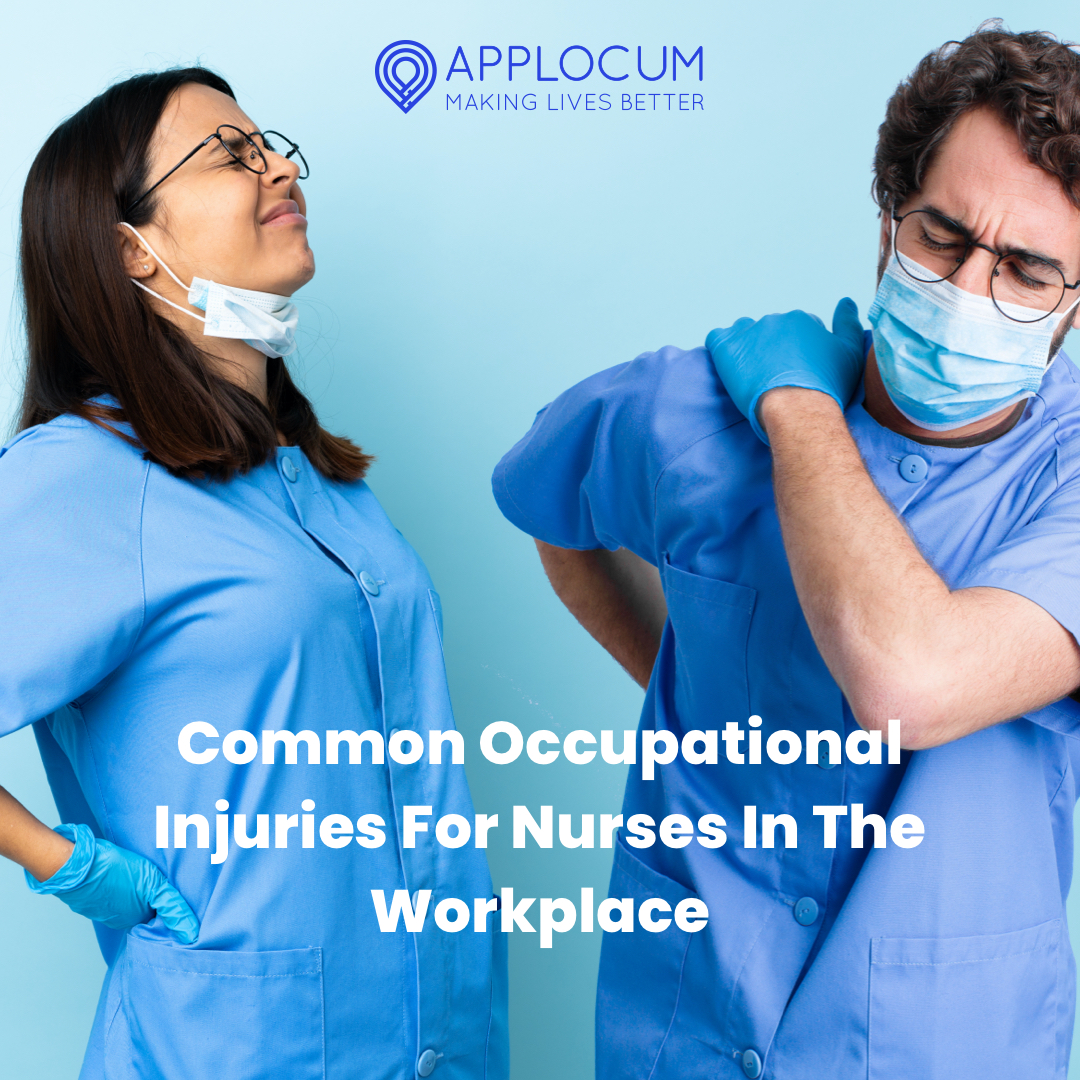
How will the NHS tackle health inequalities?
Human Rights Day 2020
‘Recover Better – Stand Up for Human Rights’. The theme for Human Rights Day 2020 looks to the future, asking how we can incorporate the importance of human rights into the global recovery effort from Covid-19. The UN says that “human rights must be at the centre of the post Covid-19 world”. Deeply entrenched systematic inequalities such as poverty and racial discrimination have only been exacerbated by the pandemic.
The UN goes on to state the need to forge a new social contract which protects economic, social and cultural rights in order to recover from the crisis. “We will reach our common global goals only if we are able to create equal opportunities for all [and] address the failures exposed and exploited by Covid-19”. So, how do these inequalities manifest? Moreover, how will the NHS be a part of the effort to address them?
Health inequalities and Covid-19
Many aspects of daily life have had to change in order to protect ourselves and others from Covid-19. However, both the virus itself and the resulting social changes have had an especially detrimental effect on those who were already marginalised.
Health inequalities are systematic and preventable differences in the health and wellbeing of particular groups of people. Our social and physical conditions can greatly influence our health. During the Covid-19 pandemic the way in which people live and work has affected their level of exposure to the virus and their ability to manage its consequences.
The effects of poverty
Data has shown that poverty and deprivation increase people’s risk of exposure to Covid-19. They are also more likely to experience severe outcomes due to existing poor health directly linked to their social conditions. Underlying health conditions do not solely relate to old people but are strongly linked to geographical location and levels of deprivation. Groups living in socio-economically disadvantaged areas have higher rates in existing conditions which increase the severity and mortality of Covid-19. The BMJ suggested that the reason behind this can be attributed to a number of reasons. These include working conditions, unemployment, poor housing and access to healthcare. Poverty can also be accompanied by stress-related conditions and psychological ill health due to job instability and a loss of control.
Lower earners also have increased risk of exposure to Covid-19 as they are much less likely to have the option of working from home. Less than 10% of the lower half of earners say they have the option to work remotely during lockdown, compared with 50% of the top half of earners.
Disproportionate cases amongst BAME
In addition, studies have found that a disproportionate number of patients with Covid-19 were BAME. There have been more deaths per capita in all ethnic minority groups other than white British people. In the period up to April 2020, BAME people accounted for 34.5% of 4873 critically ill patients despite only making up 14% of the population. Health.org states that those in the BAME community are “more likely to live in densely populated urban areas and are disproportionally represented in high-risk key worker jobs”. 21% of NHS workers are from BAME backgrounds according to the government in May 2019.
Lower access to healthcare
The BMJ also found that there is lower access to healthcare in marginalised communities. “In England, the number of patients per general practitioner is 15% higher in the most deprived areas than that in the least deprived areas”. With many health services over-capacity as a result of the pandemic, people with existing long-term conditions in these areas are less likely to receive treatment and diagnosis.
NHS 8 key actions
Taking these health inequalities into account is important for healthcare professionals. It helps them to understand the particular issues faced by different groups. The NHS Equality and Health Inequalities Hub believes that tackling health inequalities to protect those at greatest risk is a central part of the Covid-19 response. As a result, this goal has been built into the NHS Long Term Plan with 8 key actions.
They are as follows:
1. More analysis and community engagement to protect the most vulnerable to Covid-19. This includes recognising the additional risks to those with relevant protected characteristics and socio-economic backgrounds. Attention will be given to communities who need the most support.
2. By 31st October, service use and outcomes from the most deprived areas and patients of BAME backgrounds will be monitored. This will help restore NHS services inclusively.
3. An inclusive approach to digital care. Review of who is using the new digital services in primary, outpatient and mental health care by 31st March.
4. Push forward preventative programmes which proactively engage those at the greatest risk of chronic conditions. Better target the prevention and management of long-term conditions.
5. Offer more support for those suffering mental illness.
6. By September, there should be a named executive board member in every NHS organisation. This should strengthen leadership and accountability in tackling inequalities.
7. All NHS organisations must review and complete anonymous patient datasets, particularly regarding ethnicity, by no later than 31st December. From 1st September, General Practice should prioritise those groups at significant risk of Covid-19.
8. Encourage local collaboration to plan and deliver action which addresses health inequalities. This collaboration can include multiple actions. Listening to communities. Deepening partnerships with local authorities and voluntary community groups. Consistently reviewing these actions and their impact with a full report by the 31st March.
Health inequalities affect healthcare staff as much as anyone else. If you have any concerns, then feel free to contact us.






